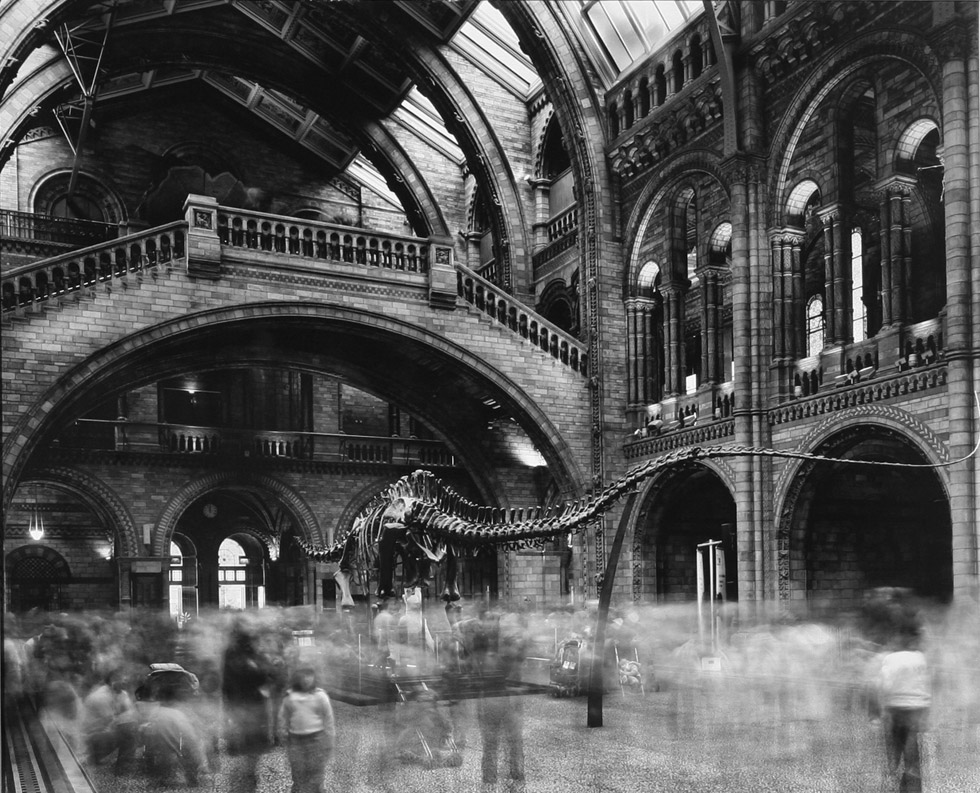“Nelle mie fotografie, io lavoro per catturare l’esperienza di quel preciso tempo, sia fisicamente che psicologicamente. Ognuna delle immagini di questa serie è una riflessione a tempo indeterminato sulle nostre complesse e in continua evoluzione relazioni con tecnologia, la cultura, e gli uni con gli altri.”
-Matthew Pillsbury
“In my photographs, I work to capture the experience of that time, both physically and psychologically. Each of the images in this series is an open-ended reflection of our complex and evolving relationships to technology, culture, and to each other.”
-Matthew Pillsbury
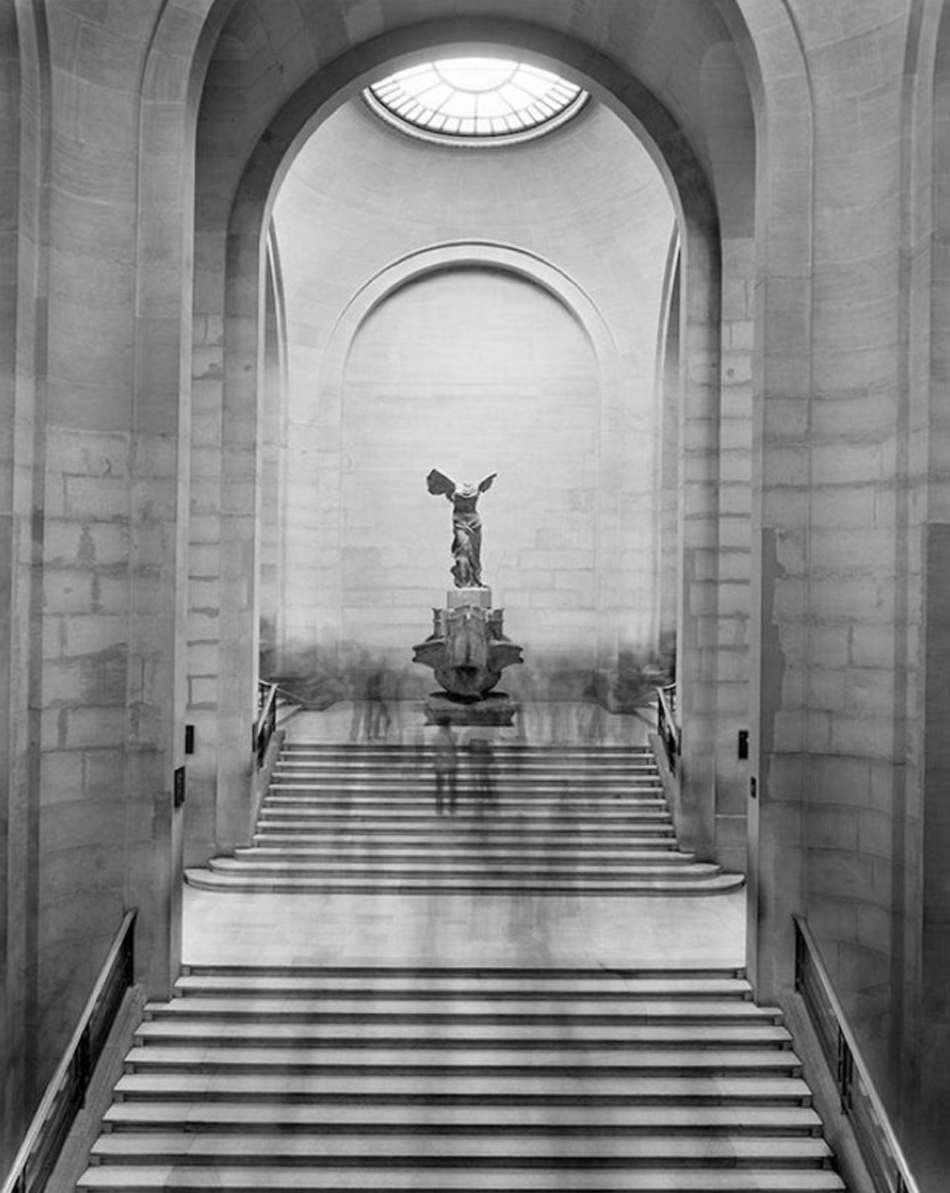

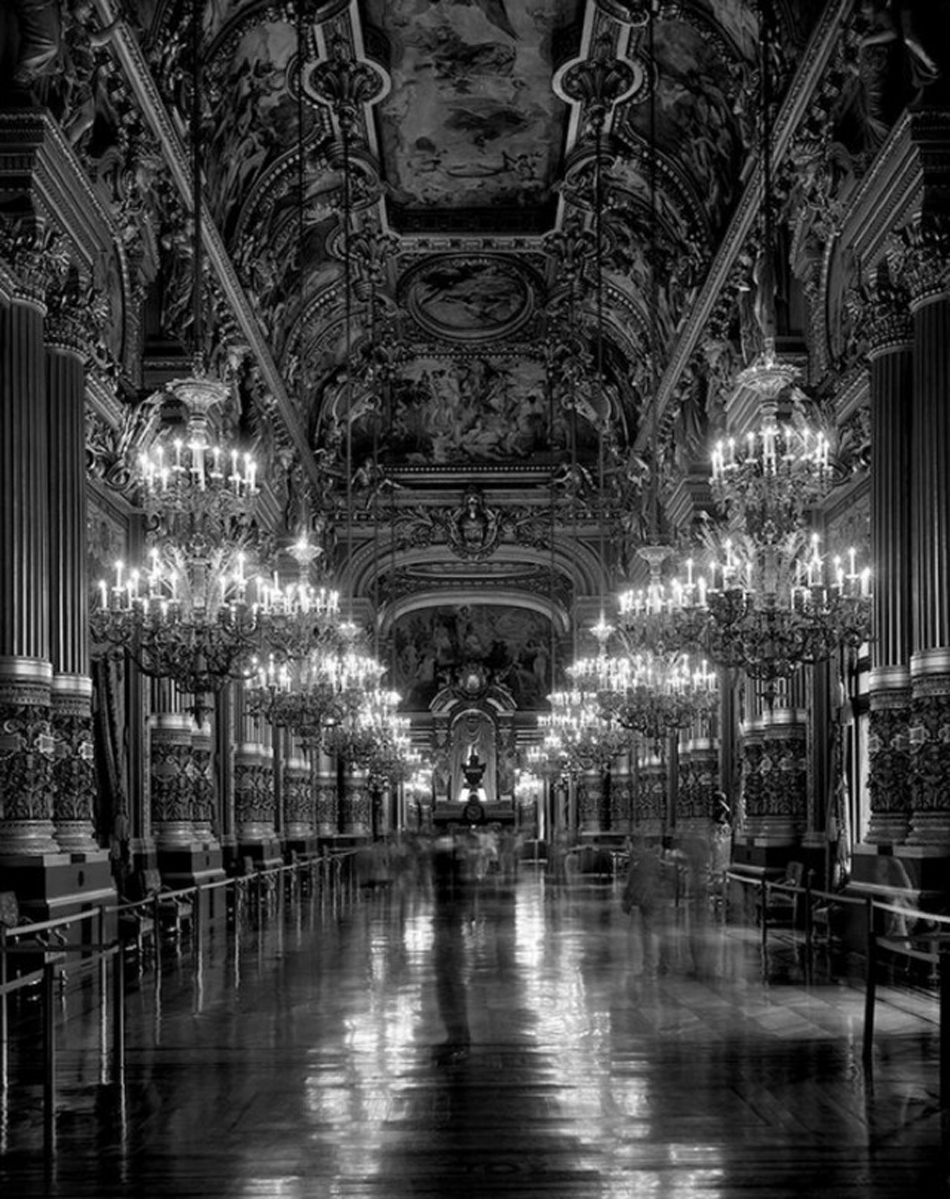
Matthew Pillsbury è nato da genitori americani a Neuilly, in Francia, nel 1973. Si è trasferito negli Stati Uniti nel 1991, dove ha perseguito un Bachelor of Arts in Fine Art presso la Yale University, e ha completato i suoi studi con un Master in Fine Arts alla School of Visual Arts di New York nel 2004. Tutt’ora risiede a New York.
Pillsbury è specializzato in fotografie a lunga esposizione fatte solo con la luce disponibile, senza illuminazione supplementare. I tempi di esposizione possono variare da pochi minuti a ore e utilizza una fotocamera di grande formato 8×10.
Pillsbury trasporta le ore in una sola fotografia : “Questo è quello che mi piace della fotografia. È ancorato nella realtà, ma si vedono le cose in un modo che non vedremmo.”
Matthew Pillsbury was born to American parents in Neuilly, France, in 1973. He moved to the United States in 1991, where he pursued a Bachelor of Arts degree in Fine Art at Yale University, and completed his studies with a Masters in Fine Arts at the School of Visual Arts in New York in 2004. He still lives in New York.
Pillsbury specializes in long exposure photographs made only with available light, no extra lighting. The exposure times can vary from a few minutes to hours and using a 8×10 large format camera.
Pillsbury translates hours into one single photograph: “That’s what I love about photography. It’s anchored in reality, but it sees things in a way that we don’t see ourselves.”
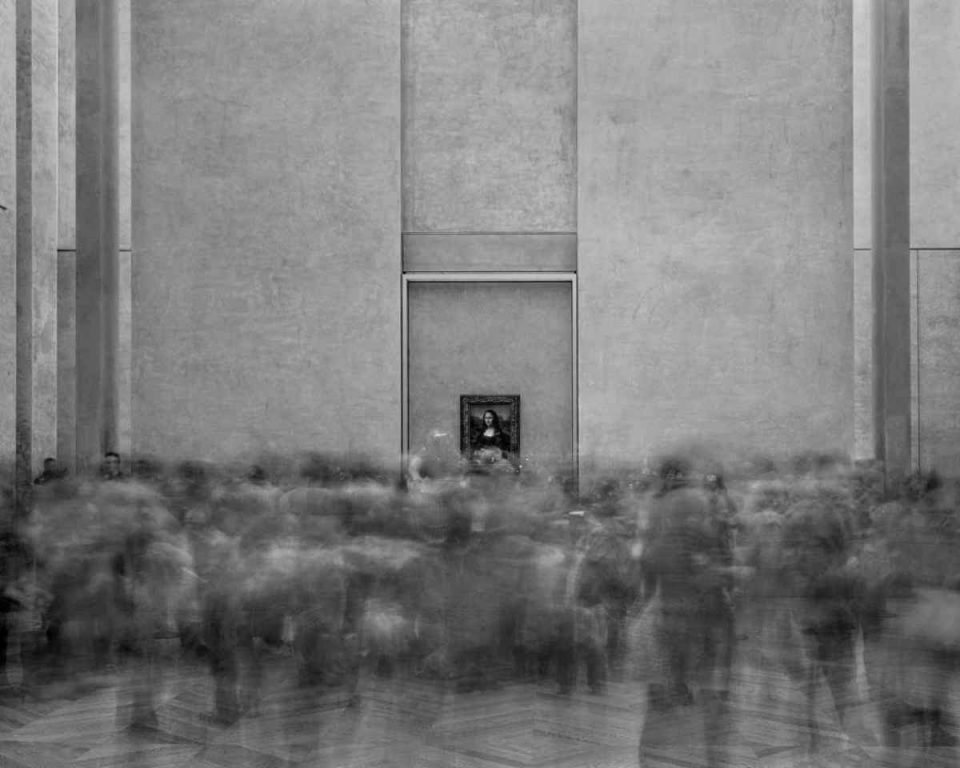
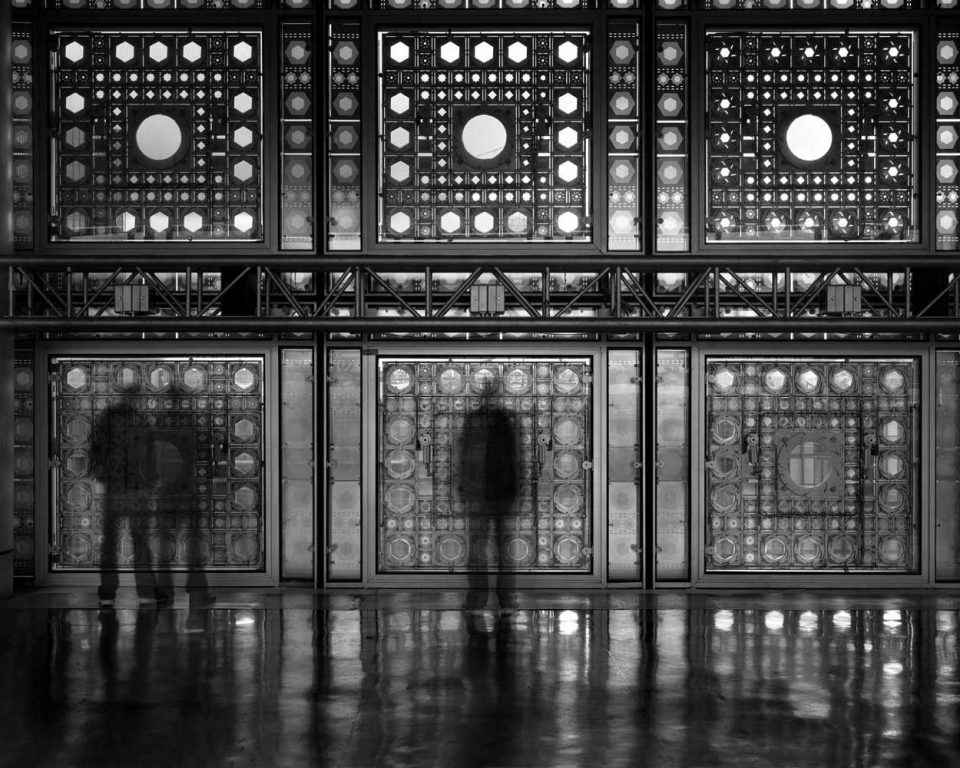
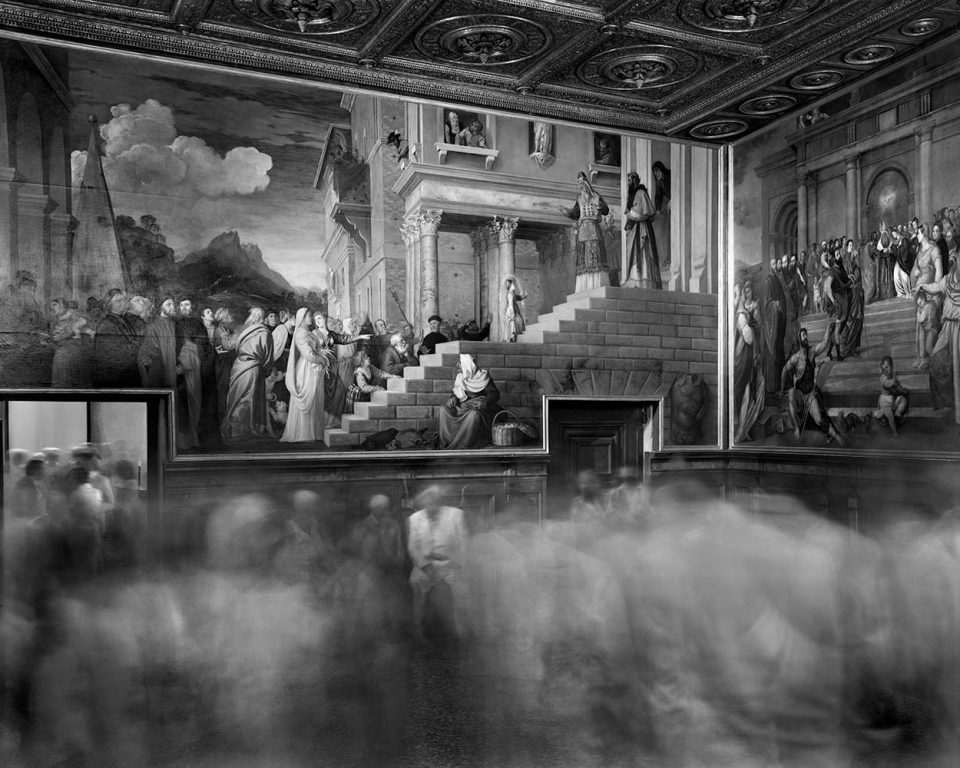
Nella serie del 2013 intitolata Time Frame i dettagli dello spazio interno dei musei e l’architettura rimangono immobili e congelati, mentre le persone sfocate si muovono dentro e fuori l’inquadratura.
L’artista si è concentrato sul passaggio del tempo e delle persone all’interno dei musei. Le immagini in bianco e nero consentono di vedere uno spazio statico all’interno della composizione, mentre i visitatori sono indistinti, ricordi spettrali del passato.
I contorni delle persone nelle immagini sembrano essere ombre lontane, folle di persone che passano attraverso i musei, nell’arte, fermandosi per un attimo e poi affrettandosi via. Noi visitatori, però, nelle fotografie di Pillsbury, non siamo più gli osservatori dell’arte, bensì coloro che vengono osservati: la Mona Lisa con il suo sorriso apparentemente onnisciente guarda su di noi in silenzio, notando la nostra fretta, la gente che si precipita da un luogo all’altro senza mai riposo. Eppure tutte queste fotografie irradiano in qualche modo una pace incredibile.
In 2013 Time Frame serie, the details of the interior space of museums and architecture remain motionless and frozen, while people move in and out the framing.
The artist focused on the passage of time and people in museums. The images in black and white allows you to see a static space within the composition, while the visitors are indistinct, ghostly memories of the past.
The contours of the people in the images seem to be distant shadows, crowds of people who go through the museums, into the art, stopping for a moment and then hurried on. We visitors, however, in the Pillsbury’s photographs, are no longer observers of art, but those who are observed: the Mona Lisa with her smile seemingly omniscient looks on us in silence, noticing our hurry, people who rushes from place to place without ever resting. Yet all these photographs radiate somehow an incredible peace.
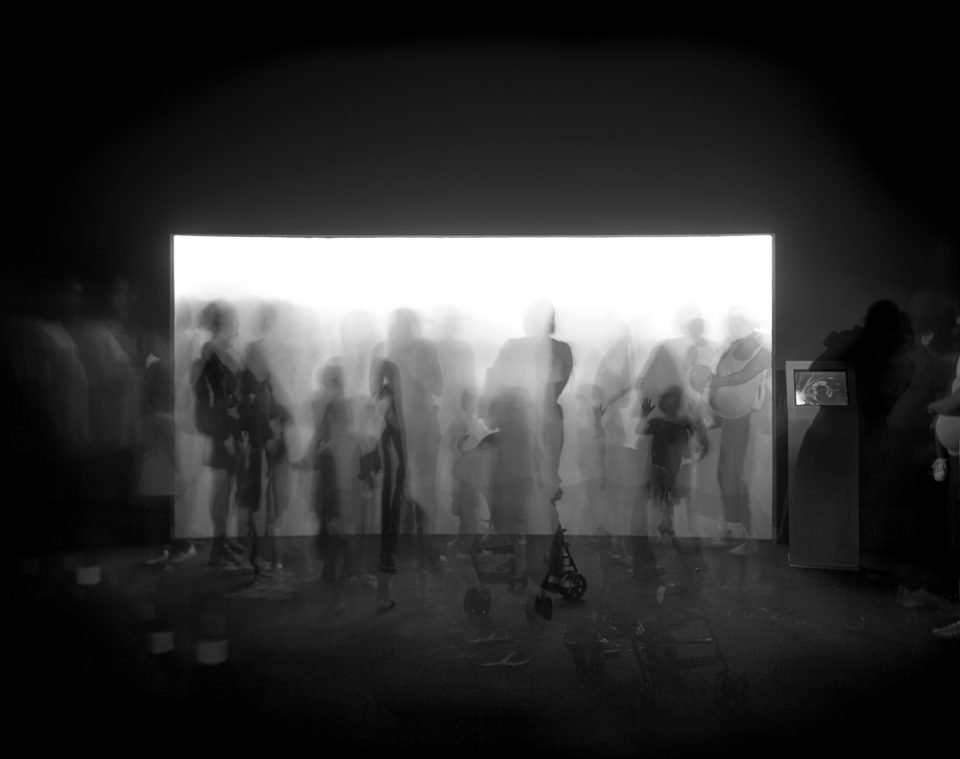
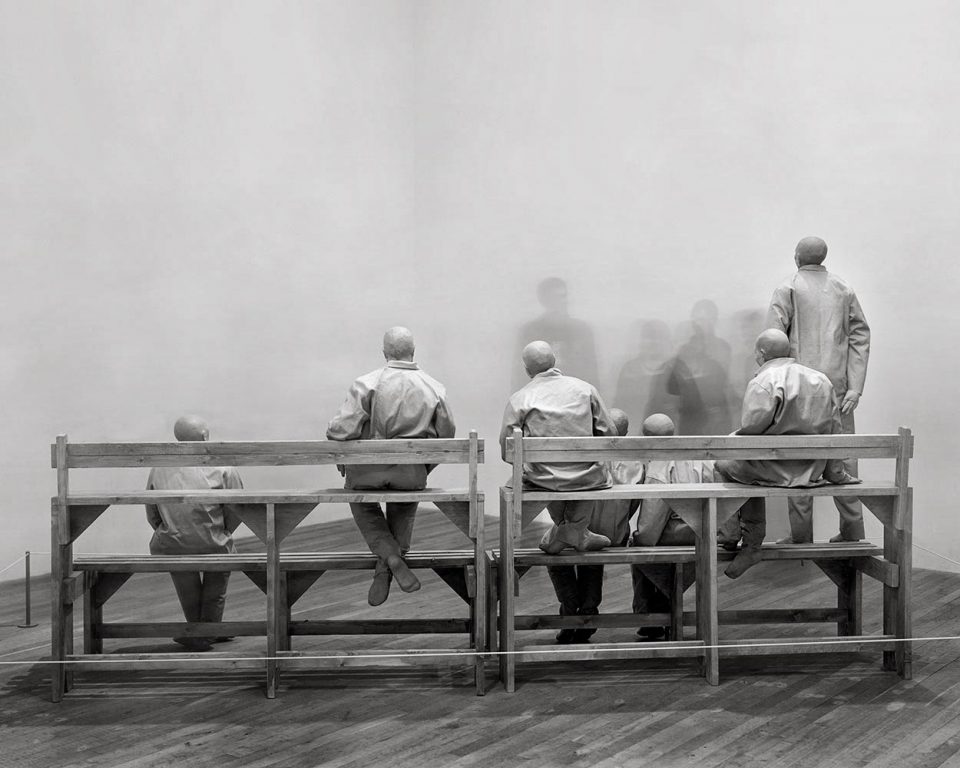
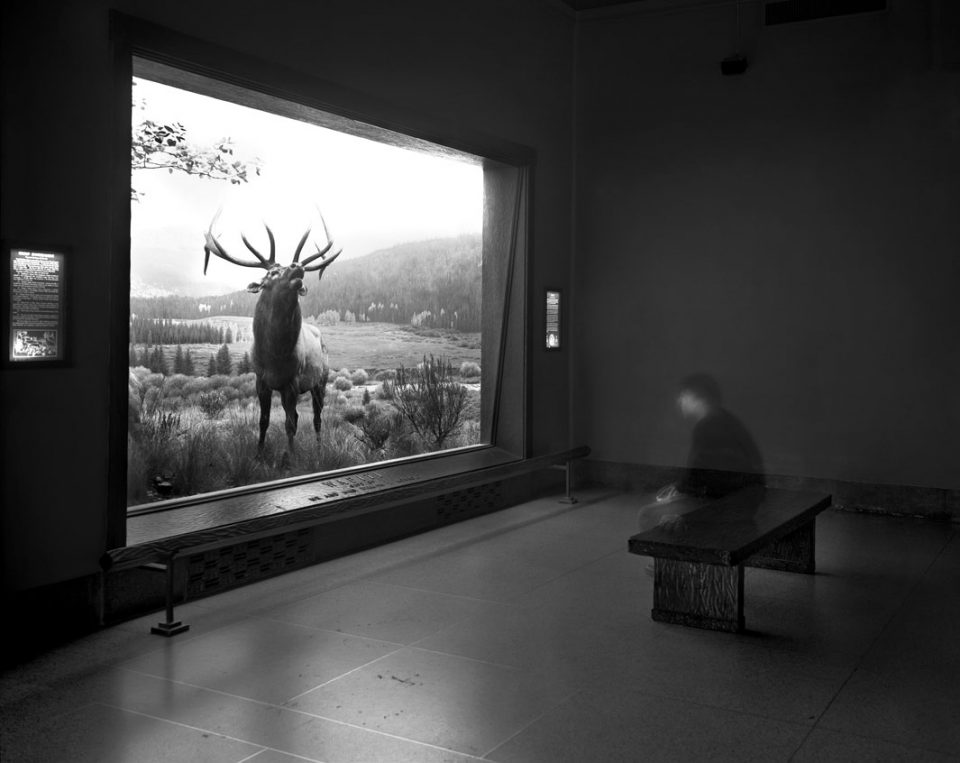
Il lavoro di Pillsbury è regolarmente presenti sul New York Times, tra le altre pubblicazioni, ed è parte di più di venticinque collezioni permanenti negli Stati Uniti, in Canada e in Europa, tra cui il Museum of Modern Art, il Guggenheim e il Whitney Museum of American Art di New York; il Museum of Fine Arts di Boston; il San Francisco Museum of Modern Art; Musée du Louvre a Parigi, Francia; e la Tate Modern di Londra, Inghilterra. Pillsbury è anche il destinatario del John Simon Guggenheim Memorial Foundation Fellowship del 2014 della Fondation HSBC prix 2007 pour la Photographie.
The work of Pillsbury is regularly featured in The New York Times, among other publications, and is part of more than twenty-five permanent collections in the United States, Canada and Europe, including the Museum of Modern Art, the Guggenheim and the Whitney Museum of American Art, New York; the Museum of Fine Arts, Boston; the San Francisco Museum of Modern Art; Musée du Louvre in Paris, France; and the Tate Modern in London, England. Pillsbury is also the recipient of the John Simon Guggenheim Memorial Foundation Fellowship 2014th of the Fondation HSBC pour la Photographie prix in 2007.
More info and photo credits on: MatthewPillsburyOfficialSite
